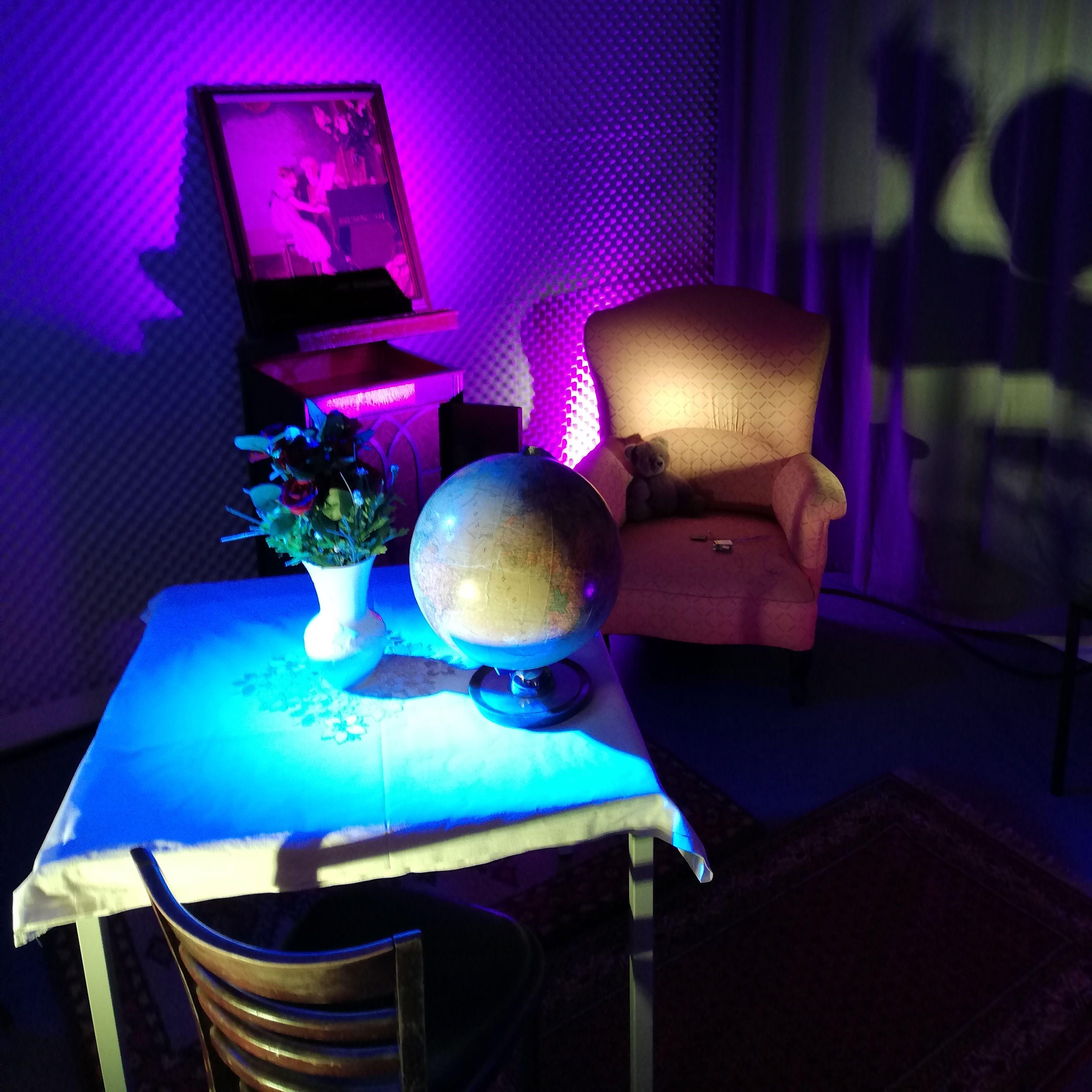Romeo and Juliet
completedPlayOn!

SummaryThe story has been told in every kind of way over the last few hundred years: with emphasis on the good, the bad, the beautiful and the grotesque. But never has the tragedy of Capulets and Montagues been told in the context of VAT Theatre. So, what is Romeo and Juliet like at VAT?
It’s brief, brisk, passionate, bloody, indecent, virtual and physical, Dionysian and subdued in a very Franciscan-esque manner. Aare Toikka has removed everything excessive from Shakespeare’s legendary tale and added his own colour to ensure the play will remain fresh.
Regardless of the colour, the message remains that no adjustment to the story will change the timeless truth that the raw flames of passion and love as stubborn as weeds will find a way to break through any social concrete.
___________________________________________________________
A VAT Teater production as part of the Creative Europe project PlayOn!
Introduction
How to integrate the branching-narrative technique of gaming-field into a theatre production? What kind of participatory elements can be used with an audience of 270 people?
We never planned to use any special technology in this production – instead wanted to find analogue and theatrical solutions for the participation.
Our technician built out of a speed cooker and a toy car a remote-controlled carrier, what became a vital character in the whole story.
We planned to divide the audience randomly into the two families: Capulets and Montagues. We intended to ask them to weigh in in vital moments of the story. We also envisioned to use them as “bodies”, e.g. at the big party of Lady Montague we would have invited some of the audience (those who “played” Montagues) to join the event at the stage.


Creative Process
How did the collaborators work together on this project?
We contacted Julian Jungel and Marion Jõepera – both experts of participatory theatre forms. They consulted us about the possibilities and challenges, these elements create for the script. We planned for them both to participate at the preparation and rehearsal process, but then the first wave of corona pandemic hit and the world was shut down.
As the corona virus was extremely mysterious in 2020 and no-one had the slightest clue, how the situation can develop and how long the world can be locked up, the director Aare Toikka made a crucial decision: the production has to happen right now!
The premiere took place 3rd of September 2020, what in retrospective was the only gap between multiple long lock-downs. So the production happened, but sadly without the layers of gamification.
What forms of trial-and-error occurred?
We only got into theoretical discussions about how to implement the branching-narrative elements into the production. The practical part was cut off by the pandemic.
Did you use existing software and/or applications?
The biggest change came with the first corona lock-down in 2020: because actors and audience had to be clearly divided, we decided, that we cant invite them on the stage or interact with them in any theatrical way. And therefore we had to take a step back and use the tools of classical theatre-storytelling.
What were the key milestones in the development of the production?
The decision not to postpone the production for a full year (because of the hall it was the only possibility) cancelled a hope for gaming-experiments.


Reflections
The production was a big success and ran for 2,5 half years. VAT Teater rarely plays on so big and complex stages. It was a big production for our theatre. It also started important discussion of participatory theatre experiments, that some years later materialized in the production of “Vivarium”
In what ways was the production a success?
The performance - primarily because of its unusual, unique form - received a strong press response. The escape room theatre is also a memorable experience for the student audience. In the last two seasons, the theatre played the show nearly forty times, although the technical preparation of each performance is highly time-consuming.
What elements of the final production would you change?
I would change some of the pre-recorded videos because their forced semi-documentary style is also the reason why they do not always hold the viewers' attention.
What advice would you give to artists taking a similar approach?
Give yourself enough time for testing because even the best preparation is not enough to guess the audience's reactions.



